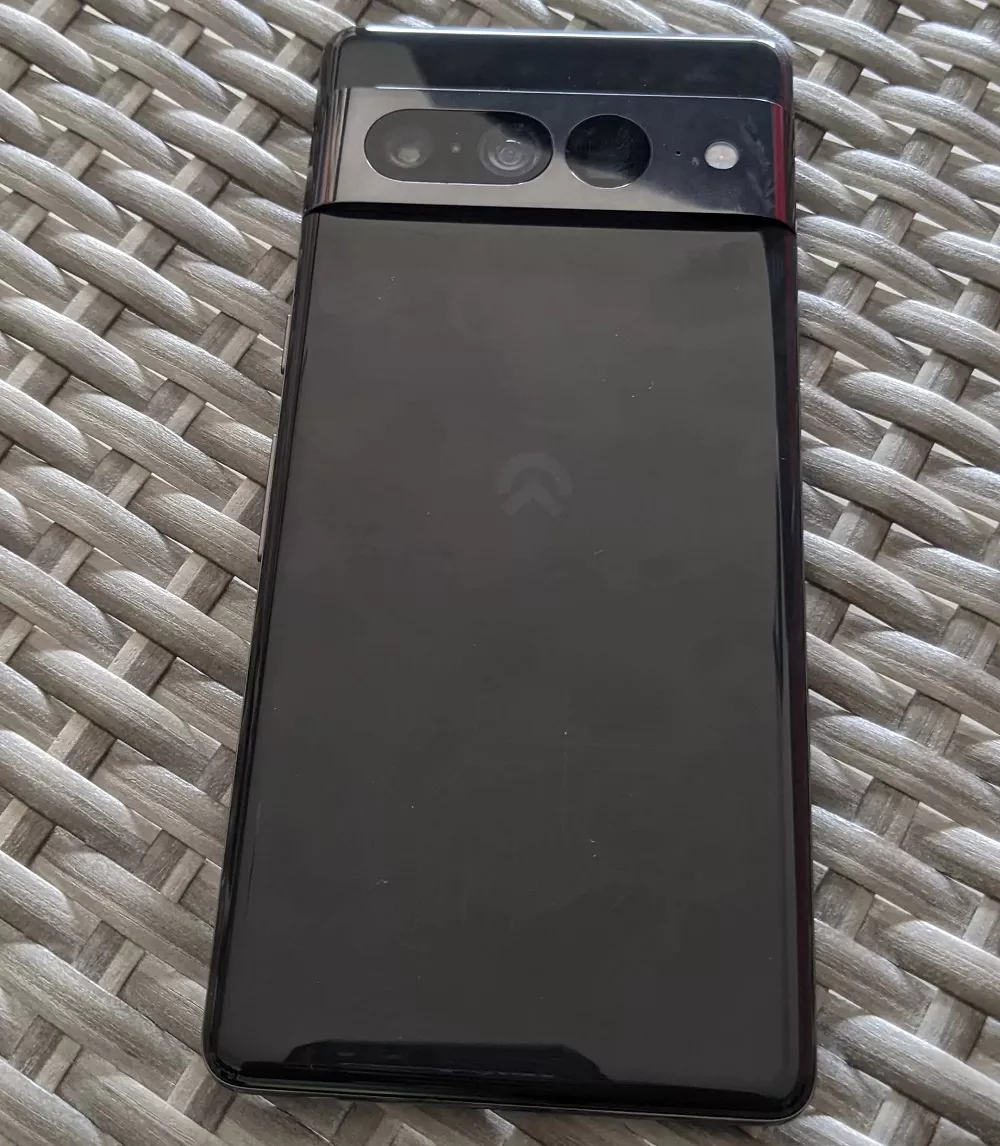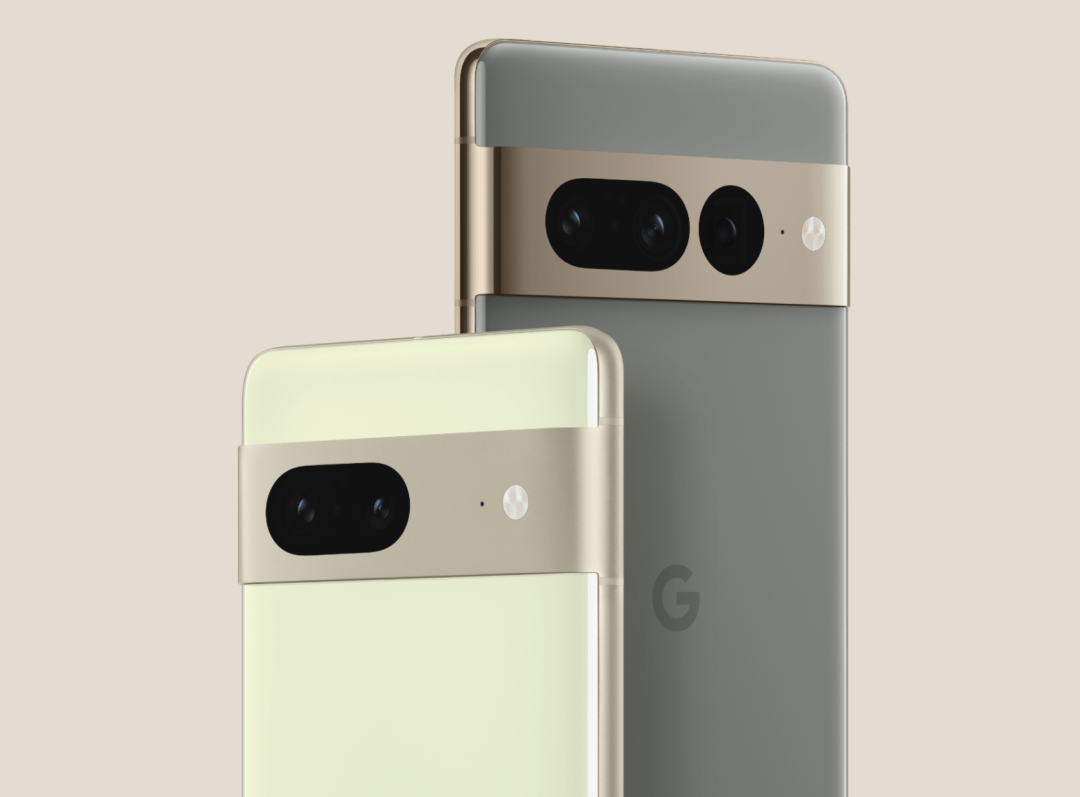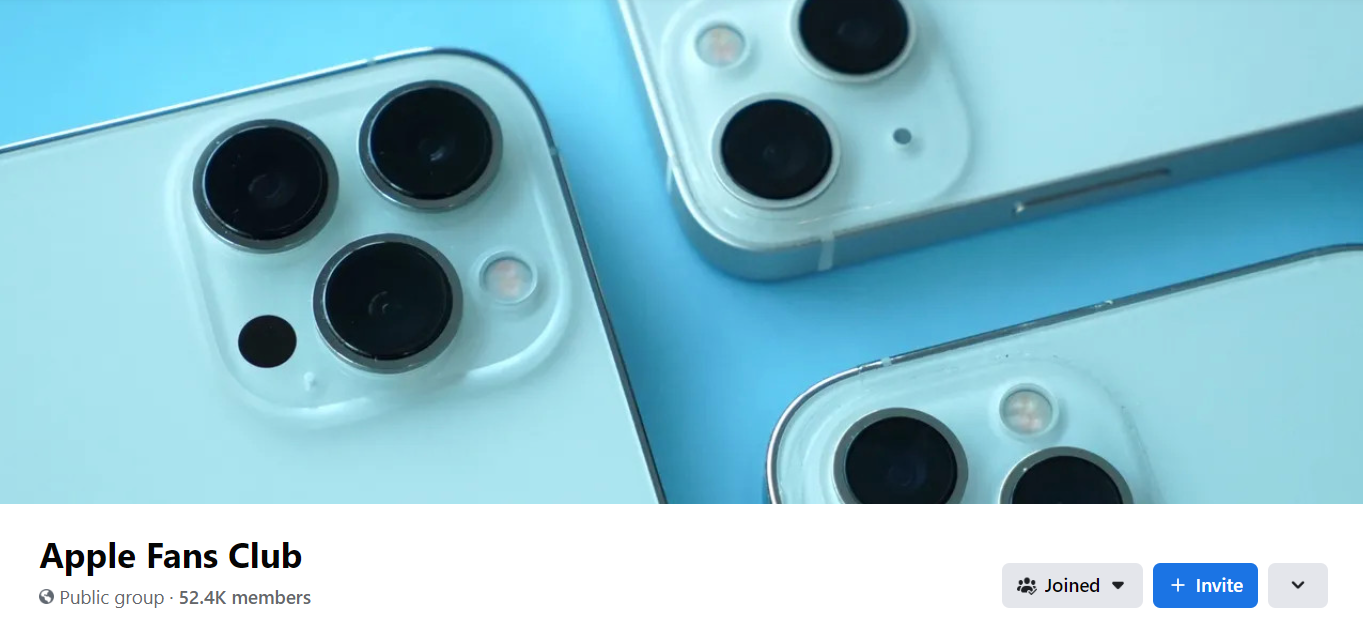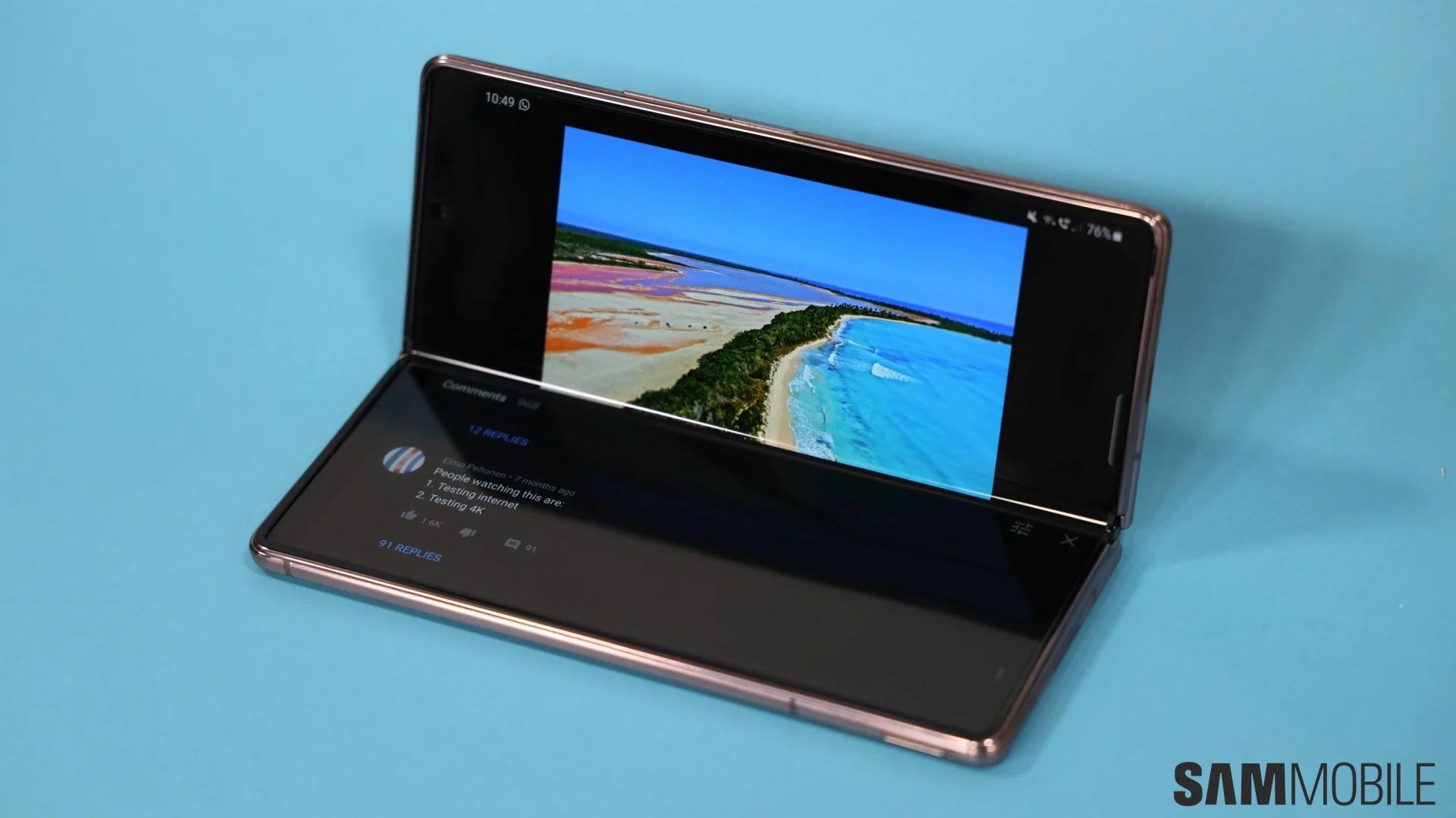After an early look at the Google Pixel 7, we’re a month away from getting our hands on Google’s latest phone. The company gave us a sneak peak during May’s Google I/O developer conference so we know what the phone looks like. And now with Google setting an October 6 event date, we’re pretty sure of when the Pixel 7 is going to arrive.
We also know — as we were expecting — that the Pixel 7 will use the second-generation Tensor chip, further unlocking all kinds of AI and machine learning applications in this fall’s phones.
But plenty of unanswered questions remain about the Pixel 7 remain, though we’re expecting rumors to pick up now that Google’s set a debut date. Certainly, we should soon have a more detailed picture of how Google’s phone will challenge devices like the Galaxy S22 and upcoming iPhone 14 for a place on the best phones list.
Here’s what we know about the Pixel 7 and Pixel 7 Pro thus far, as well as additional rumors about Google’s next flagship. Also check out our Google Pixel 7 vs Pixel 6a comparison to see which Google phone might be right for you.
Google Pixel 7 news and rumors (Updated September 11)
- These are the 4 things Google can learn from the iPhone 14 launch.
- Google has set an October 6 event date to show off new hardware. We’re assuming that means the Pixel 7 as well as the new Pixel Watch.
- An early Google Pixel 7 Pro unboxing video leaves little to the imagination; expect a familiar but evolved design.
- Google Assistant could help silence calls possibly on the Pixel 7 with a new Quick Phrase.
Google Pixel 7 possible release date
There’s little mystery here. Google has set an October 6 date for its next product launch, which will be held at 10 a.m. ET in Brooklyn. The event promises that that “we’ll introduce the latest additions to our family of devices.” We assume that means the products Google previewed at Google I/O this spring with a fall release date — the Pixel 7, Pixel 7 Pro and Pixel Watch.
Google’s October 6 date is in line with a leak by tipster Jon Prossor, who said earlier that the Google Pixel 7 and Pixel 7 Pro release date could be on October 13. He expects pre-orders to go up on October 6, which would be the same day as the event.
Google’s event will be about a month after the September 7 Apple event, where the iPhone 14 is expected, setting up an inevitable iPhone 14 vs. Pixel 7 showdown. (These are the 4 things Google can learn from the iPhone 14 launch).
Google Pixel 7 price speculation
Google will probably keep a lid on the Pixel 7 price right up until the launch in the fall. For context, the Pixel 6 costs $599 while the Pixel 6 Pro goes for $899. That’s cheaper than what other phone makers charge for their flagship devices — the Galaxy S22 starts at $799, $200 more than the Pixel 6 as an example.
For that reason, we hope Google is able to hold the line on prices for the Pixel 7 and Pixel 7 Pro. It’s helped Google’s phones stand out from the competition, and it’s probably helped make the Pixel 6 the best-selling Pixels in Google’s history.
Google Pixel 7 models
During Google I/O, Google confirmed that we’ll see a Pixel 7 and Pixel 7 Pro in the fall. Most people had assumed just those two models make up the Pixel 7 lineup. However, there are hints that a third Pixel 7 version exists.
9to5Google found code that refers to a possible third Pixel 7 model. Like the Pixel 6 Pro (and presumably the Pixel 7 Pro), this phone has a 120Hz display, but its listed height and width are slightly larger than Google’s existing Pro model. Since the Pixel 7 Pro is thought to have the same 6.7-inch screen as the current Pixel 6 Pro, this would be a Pixel with a slightly larger screen.
How likely is this so-called Pixel 7 Ultra? Until we see further evidence that it exists, we’d continue to assume that just two models are on tap for the fall.
Of the two Pixel 7 models that seem to be guaranteed (normal and Pro), there will be two versions of them too, as seen in recently found FCC listings. This will be to allow for sub-6GHz and mmWave 5G compatibility with different carriers, it would appear.
Google Pixel 7 design
Here’s where we have the strongest sense of what to expect from the Pixel 7, thanks to that on-stage preview at Google I/O. As noted, Google is keeping the horizontal camera bar introduced with the Pixel 6, but it’s making some tweaks. The main camera and ultrawide camera are now bunched together; on the Pixel 7 Pro, there’s a separate lens, which we assume is the telephoto shooter.

It’s quite a different look from the Pixel 6 and Pixel 6 Pro and their more subdued lens design. The Pixel 7 and Pixel 7 Pro have really put the cameras on full blast. Anyone looking at you holding up your phone will see the lenses spread across that aluminum bar.
The first hands-on video of the Pixel 7 is here and it shows that the phone is very slightly more compact than the Pixel 6. The video shows that the Pixel 6 is 74.92mm wide, while the 7 is 73.2mm. The Pixel 7 has lost weight, too, coming in at 195g — 10g lighter than its predecessor.
The Pixel 7 Pro, meanwhile is more similarly sized, and the weight is near identical with just a single gram between the two. In terms of width, it’s actually slightly wider, going from 75.89mm to 76.68mm.
Another claimed early unboxing video of the Google Pixel 7 Pro backs up these design claims, and shows how the phone’s design has gone for evolution not revolution. Depending on your point of view, that’s either a good thing with Google retaining the bold camera bar/visor aesthetic or a little disappointing.
For colors, the base Pixel 7 has been rumored to come in black, white, coral and blue. No leaks have detailed which colors the Pixel 7 Pro will be offered in, but if the render above is anything to go by, a sky blue option would suit the Pro phone nicely.

Redditor AMC20_(opens in new tab) supposedly bought a prototype Pixel 7 Pro on accident. They said the phone worked fine for about three weeks until it factory reset itself. The theory is that Google did so remotely. AMC20_ says that a screen protector for the Pixel 6 Pro worked on the unit they purchased — the fingerprint sensor even lined up right.
That leads us to believe that the Pixel 7 Pro will be physically identical to the Pixel 6 Pro. From the measurements to the curve of the screen, it seems like the biggest changes will be on the back of the device with the updated camera bar and camera cutout design.
Google Pixel 7 specs and features
Google confirmed that it’s working on a second-generation Tensor chipset; a follow-up to the first-gen Tensor found within the Pixel 6 and Pixel 6 Pro. Google hasn’t detailed what changes to expect, but we’d anticipate the kind of performance boost and improvements to power efficiency you see when chips get upgraded.
The bigger story will be the AI experiences powered by the Machine Learning core in the new Tensor chipset. Google hasn’t revealed what those would be yet.
An early Pixel 7 rumor suggests that Google won’t change the Pixel 7’s cameras from those found on the Pixel 6, which has subsequently been backed up by another leaker. If so, that will mean the Pixel 7 will sport a 50MP main camera and a 12MP ultrawide angle shooter while the Pixel 7 Pro augments those cameras with a 48MP telephoto lens. Those are the Pixel 6 camera specs, after all.
Google overhauled the cameras when it released the Pixel 6, so it makes sense that hardware would remain unchanged with the upcoming phones. We’re waiting to see what new camera features Google adds using a combination of its computational photography skills along with the updated Tensor processor.
One possible change could come to the standard Pixel 7’s front camera though. Based on code in the Google Camera app that mentions 4K video support, the Pixel 7 could get a higher resolution sensor that supports this video quality. The Pixel 6 Pro already supported this, but having it on the cheaper next-gen model is great for anyone looking to upgrade without spending more for other Pro features.
It does sound like Google may shrink the Pixel 7 down a bit, to 6.3 inches according to Ross Young, from 6.4 inches on the Pixel 6. The Pixel 7 Pro will apparently be the same size as the Pixel 6 Pro though, measuring 6.7 inches.
Interestingly, a report in 9to5Google(opens in new tab) says that the Pixel 7 and Pixel 7 Pro will use the same displays as the Pixel 6 series with some slight tweaks. But one of those tweaks could be pretty impactful, as the Pixel 7 Pro’s display is tipped to upscale from 1080p to 2K(opens in new tab) in order to save battery life.
Subsequent reports have claimed the Pixel 7 Pro will use a different display from its predecessor, though the resolution (3120 x 1440) and adaptive refresh rate range (10Hz to 120Hz) will be unchanged. Instead, it’s the display brightness that will improve with the Pixel 7 Pro — at its natural setting, the Pixel 7 Pro would hit 600 nits, compared to 500 nits for the Pixel 6 Pro. With high brightness mode enabled, the Pixel 7 Pro could reach 1,000 nits.
Obviously, it’s still early, but we’ve compiled a look at the Pixel 7 vs. Pixel 6 differences — not only what Google’s announced, but what changes are rumored.
Google Pixel 7: What we want to see
The lack of more definitive Pixel 7 rumors hasn’t stopped us from coming up with our own wish list. If anything, we hope that Google is taking suggestions for its next phone beyond what it’s already announced.
A more reliable fingerprint reader
The under-display fingerprint scanner on the Pixel 6 and Pixel 6 Pro is something we complained about in our reviews. This is Google’s first attempt at putting the fingerprint scanner beneath the screen, as the company previously mounted a fingerprint reader on the back of its phones. However that doesn’t excuse how unreliably the scanner works.
We’d be quite happy if Google just figured out the kinks in its current optical fingerprint reader. Equally, if it decided to borrow Qualcomm’s ultrasonic fingerprint reader system (found in the Samsung Galaxy S21), which uses soundwaves to recognize your prints and therefore is less affected by scratches on the screen, that would be a good approach, too.
Another possibility would be for Google to ditch the fingerprint scanner altogether and use facial recognition unlocking, like it did with the Google Pixel 4. However that system didn’t work great either, and would require a fair bit of work before it was as smooth and reliable as Apple’s Face ID system. It might also require Google to return to a larger top bezel to accommodate the necessary sensors. That said, we have recently heard rumors that the Pixel 6 Pro could still get face unlock, and if that happens then surely it’s a cert for at least the Pixel 7 Pro.
Better and brighter displays for all models
There are a couple of ways Google could improve the displays of the Pixel 7 series. First off: brightness. Google has fitted the Pixel 6 and Pixel 6 Pro with surprisingly dim displays, even when set at maximum brightness in direct light. Being unable to see your smartphone’s display properly is inarguably a bad thing, so if Google could crank up the brightness of the Pixel 7’s display a few hundred more nits, that would be one of the Pixel 6 series’ worst areas fixed.
The other potential area of improvement would be the specs of the standard Pixel 7 model’s screen. While the Pixel 6 Pro offers 120Hz, the standard Pixel 6 only offers 90Hz. That’s better than the 60Hz that used to be all you’d get from a smartphone, but given that phones cheaper than the Pixel 6 can offer 120Hz — look at the Samsung Galaxy A52 5G or the Redmi Note 10 Pro — we’d like to see Google do it too. Upping the Pixel 6’s FHD resolution to QHD like the Pro would also be beneficial but isn’t as big a deal.
One of our TG writers who just bought a Pixel 6 Pro also said he’d like to see Google ditch the curved display for a flat one on the Pixel 7 Pro. Google didn’t use a curved display prior to the Pixel 6 Pro, so there’s a chance this design choice will not be returning if enough Pixel 6 Pro users complain. The only issue then would be ergonomics, as curved edges help users interact with the display of the large 6.8-inch handset.
Another camera on the base Pixel 7
Google has arguably short-changed the Pixel 6 by only giving it two rear cameras. It’s the same amount that the Pixel 5 and the Pixel 4 had, and also what the base iPhone 13 and iPhone 13 mini offer, but it’s still disappointing given some premium phones are now offering up to four cameras plus a depth sensor (such as the Samsung Galaxy S21 Ultra).
The obvious choice for a third camera on the base Pixel 7 would be a telephoto lens, even if its magnification wouldn’t match the 4x optical zoom of the Pro model. A depth camera for more accurate portrait shots and improved AR performance, or a dedicated macro camera for super close-up shots, could also make for a good addition.
Given rumors that the camera setup on the Pixel 7 is unlikely to change from the Pixel 6, this is one wish list item that probably goes unanswered.
Longer battery life
This is something we’d always like to see with every new generation of a given phone series, but it’s more important for the Pixel 7 series than most.
Despite having the largest batteries ever in a Pixel phone, the Google Pixel 6 and Pixel 6 Pro proved to have disappointing longevity when connecting to the internet over 5G. That’s going to become an increasingly big deal as 5G networks roll out nationwide in the U.S., U.K. and beyond, unless you can rely on regular and speedy Wi-Fi connections wherever you go.
Given the capacity of the Pixel 6 and Pixel 6 Pro’s’ batteries (4,614 mAh and 5,000 mAh respectively), it doesn’t seem like the batteries are too small. Instead Google probably needs to focus on using the power it has available within the cells efficiently.
Faster charging
Speedier charging is again something every phone should aim to improve on, and while Google did improve this with the Pixel 6, more work is needed to make it a proper competitor.
After years of using 18W charging, the Pixel 6 and Pixel 6 Pro can charge at up to 30W wired and 23W wireless. But despite having a fairly high charging wattage, in our testing the Pixel 6 only reached 29% full after half an hour of charging on a third-party 30W charger. (The Pixel 6 doesn’t ship with one in the box). That’s not that fast, especially factoring in phones like the OnePlus 9 series which charges to almost full in half an hour.
It’s possible that the Pixel 6 charges much faster if you use a plug from Google itself, but as it stands, this is disappointingly slow. Google could do with increasing the wattage of its charger for the Pixel 7, or perhaps using a twin-cell battery like the OnePlus 9 to allow faster filling at the same wattage.
An alert slider
For iPhone users (and to a lesser extent OnePlus owners), the alert slider is a critical feature of the phone. It is an effective way to quickly enable or disable notification sounds without needing to unlock the phone or even turn on the screen.
We’ve never seen an alert slider on a Pixel phone before, and given it’s only really used by Apple and OnePlus phones, it seems unlikely Google’s going to change its mind. However we stand by the idea that this would make a great addition to the Pixel 7.
Read more articles: https://www.facebook.com/RedTomElectronics/
If you have more ideas to discuss with us, welcome to join our Apple Fans Club on Facebook.





